-
Posts
4,273 -
Joined
-
Last visited
-
Days Won
100
Content Type
Profiles
Forums
Resource Library
Events
Gallery
Blogs
Store
Community Map
Posts posted by Mayner
-
-
Peco and Heljan settling on 1:120 rather than the established 1:100 for "British TT" is an interesting one.
Like the original Code 100 Streamline (HO Scale) track system of the 60s Peco are also looking at the American and Continental 1:120 Scale TT market.
While a nice intermediate size/scale between OO and N, its difficult to see the advent of the new track system and British outline TT 1:120 models having an affect on the Irish railway modelling scene.
I cannot see IRM or Murphy Models introducing a range of rtr 1:100 or 1:120 scale Irish locos and stock, let alone a bespoke 5'3" gauge track system.
Irish TT is very much a scratch/kitbuilders scale, I know of one MRSI member Brian McCann who modelled the Donegal during the 1990s in 1:100 on 9mm or N Gauge track, and of the Ballyconnell Road 5'3" gauge layout, Worsley Works supply Irish scratchbuilders parts in TT scale.
While Irish 5'3" and 3' gauge is feasible in TT (1:100 scale) on OO and OO9/N gauge track and a way to get something running reasonably quickly, the track is a different scale to the model and as no suitable rtr stock is available you may as well follow the example of the Ballyconnell Road group and hand lay the track to the correct gauge as you already have to build the loco and rolling stock chassis.
The existing Peco HOm track system is ideal for Irish 3' gauge in 4mm and in my opinion a more reliable track system than the Tillig H0m system. (I had to replace the Tilling points with Peco on my Irish 3' gauge layout).
-
 2
2
-
 1
1
-
-
The most striking aspect of converting Kilroot from oil to lignite burning would have been the requirement to burn over 6,000 tons of lignite daily while the station was operating at peak capacity.
NIR/Northern Ireland Electric would have had to consider using heavy haul locos similar to the BR Class 56 or Foster Yeoman Class 59 to reliably transport such a high tonnage in order to avoid clogging up the NCC system and 'Antrim Branch" with Lignite Trains.
Single B201 hauled lignite trains were likely to be restricted to 520 tonnes gross (333 net) and 11 CDA/HAA or 18 trains daily between Crumlin and Kilroot (based on their load limits between North Wall and Cabra and the South Wexford, while a 071/111 or pair of Bo Bos were likely to be allowed 630 tonnes (429 net )and 13 CDA or 13 trains daily.
A more workable solution would have been to operate 3-4 1500-2000 ton trains daily with a dedicated 'heavy haul' loco and stock possibly owned by the lignite mine operator in a similar manner to Foster Yeoman/Mendip Rail during the 1980s and 90s or modern UK "Open Access' operators with the Northern Ireland Electricity and Transport Department responsible for providing and funding rail infrastructure.
In the end it probably worked out cheaper and resulted in a lot less environmental damage run Kilroot on imported coal rather than locally mined (open cast) lignite.
-
 2
2
-
 1
1
-
-
Transporting lignite by rail to Kilroot would have required significant investment by the promoters in a fleet of high capacity wagons and reliable locomotives as the operation had to be capable of operating reliably 365/24/7 in order to generate Northern Ireland's electricity. The scheme if it every got beyond the feasibility stage is likely to have fallen on the basis that it was cheaper to run Kilroot on imported coal, than mine and transport the lignite, recent schemes appear to be based on building a powerstation at the mine site.
Our local power station Huntly of similar (coal burning) capacity to Kilroot receives up to 3,000 tonnes (2X30 wagon train loads) of imported coal daily to supplement locally mined coal while running at full capacity.
Lignite appears to have a similar density a high capacity bogie wagon similar to the EWS HTA or a longer version of the IE Tara/Shale wagon would have been a sensible choice, the lower heat content of lignite (64% of coal) would have required a higher tonnage of lignite to be hauled than an equivalent coal burning operation, perhaps 4,500 tonnes daily between Crumlin and Kilroot which would have been pushing it from a motive power and timetabling perspective!
B201s topping and tailing 8 wagon trains of hopper/tippler wagons (640 tonnes gross, 496 net) anyone?
-
 1
1
-
-
Same class of loco only slightly smaller.
I use the "weighted tender" approach where some of the tender weight is transferred through the drawbar to the loco for balancing 2-4-0s and 4-4-0s.
The center and leading tender axles running in slots are lightly sprung with phosphor bronze wire.

I assembled this example (OO) with a rigid loco chassis and the loco proved capable of hauling 18 IRM wagons on test
The loco is weighted with weights in the first ring of the boiler immediately behind the smoklebox and a smaller weight under the motor in the ashpan and a large weight in the tender.
I replaced the lead weights with cast "Woods Metal" weights
I avoided wiper or plunger power pick ups (too fiddly in 4mm) by using the American pick up system with the loco and tender picking up power on opposite sides using 'live axle' pick ups.
-
 7
7
-
 2
2
-
-
3 hours ago, Sean said:
thats super interesting john. do you know what the additional platforms would have been used for?
there is a large vehicle gate leading onto them so i had been thinking goods or cattle, but the cattle pens are located elsewhere on the map.
they are overgrown to the point of nearly being gone and i dont think that they were ever in use during my lifetime as i only remember discovering they existed in the past year or two. Must ask my father what he can remember about them.
Cheers
The arrangement of the goods shed loading bank and cattle dock at Gorey is not unlike Listowel, there are some interesting photos of the yard in its final years complete with stacks of pallets, cable drums and farm machinery on the loading bank in "Rails Through North Kerry, a good example of a typical CIE goods yard.
It looks like the two stub ended sidings at the station end terminated in an end loading dock, the diamond crossing arrangement appears to be set up for attaching non passenger coaching stock (horseboxes, carriage trucks) or vans carrying urgent traffic to mail or passenger trains. This type of traffic would have largely died out by the late 1960s
Its possible that the oil depot beside the goods yard was once served by rail, a common arrangement between the 1930s and mid 1970s when the railways accepted individual wagon loads

In the 1960 WTT overnight Wexford goods was scheduled to call at Gorey 11:39-12:00 Down 2:18-2:39 Up and the day Enniscorthy Goods 11:00-11:30 Down 10:39-11:05 (a very busy time)
Gorey appears to have closed to goods traffic except cement when the Wexford Goods went over to Liner train operation at some stage in 77/78?, in theory Gorey and Wicklow were to be served by road from Arklow in practice Sundries and Unit Load (container) traffic on the Wexford line was very light and the Liner was discontinued in the mid-late 1980s.
-
 1
1
-
-
2 hours ago, Past-Avenue said:
It looks like they have demolished the lean to office building at the south gable of the shed.
The canopy/hayshed over the former goods loop was added in the late 1970s as a shelter for unloading Bagged Cement Trains until traffic ceased in the late 1990s, it looks like the goods loop was retained and all the remaining sidings were removed when Gorey
The shed would have functioned in a similar manner to a modern logistics warehouse until the station was closed to freight traffic apart from bagged cement. High value traffic would have been stored in the goods shed for collection or delivery from the railway (sundries, cigarettes, tobacco, spirits, motor parts), less valuable goods would be loaded/unloaded by CIE staff or the customer on the loading bank. Customers sometimes bought a wagon load of (covered) cement or fertiliser (open) and used "his wagon" as a temporary store, unloading as the need arose as demurrage costs if charged were very low.
-
 3
3
-
 1
1
-
-
The Adams radial conversion looks closer to the Kerry Bogie with its smaller driving wheels and less squiggly running board than the GSWR Express passenger 4-4-0s.
Depends on how much carving/modification your prepared to carry out to the loco body, popular with crews originally had raised roundtopped boilers, re-built with belpair boilers by the GSR
class withdrawn during early 1950s


-
 4
4
-
 1
1
-
-
23 hours ago, Irishswissernie said:
There were several failures on that particular tour another Midland 0-6-0 worked the train to Sligo with a B121 replacing steam for the Eastbound leg of the Tour including the Ballaghadereen Branch.
I think there is a photo of the train behind a J18 at Tubbercurry in "Rails through the West
-
 1
1
-
-
10 hours ago, Galteemore said:
I think you are right. I also think consistency is the key. Those early layouts basically all came from the same pair of hands making everything. On Continental layouts, almost everything also comes out of a box or high quality kits. Recent British layouts can easily be a pastiche of high quality models with fairly basic structures and scenery. What the weathering does in this instance is blur the edges of this juxtaposition so it doesn’t jar.
My impression is the shiny out of the box look of some Continental especially Germanic layouts is not unrealistic, some of the stock looks straight out of the box.
National pride and the drier Continental Climate helps
-
 2
2
-
 2
2
-
-
On 14/5/2022 at 2:52 AM, Westcorkrailway said:
My father and my neighbours have some pretty intact CBSC trackbed, I always had a pipe dream of laying BnM track and having a railway that goes from near the main road to a lake. I’d have been ne if those locos disguised as a silver G and improvised coaches all refurbished in the farm workshop…….
Sounds nice in theory particularly if you own/control the land with plenty of readily available narrow gauge equipment.
An acquaintance in the UK built a 2' gauge line on an abandoned BR line beside his property https://www.28dayslater.co.uk/threads/mold-train-station-flintshire-wales-august-2020.124923/ getting started tends to be easy part, the real challenge is establishing sufficient resources (time, money, people) even to maintain and operate a short narrow gauge line.
The Mold narrow gauge line was a private railway, the owner whose main interest was in telecommunication was an active volunteer on a number of hertiage railways and just did not have the time or resources to maintain or operate his own railway, a situation not dissimilar to my own layout's
-
 2
2
-
 1
1
-
-
3 hours ago, Irishswissernie said:
The Dromod photo is an interesting one the broad gauge train includes a breakdown crane possibly for the 1950 transfer of 13L one of the Passage locos to Inchacore for an 'overhaul" that never took place instead 13L was scrapped.
No 4T a Keir Stewart was transferred to the C&L in 1941 and appears to have remained on the C&L until scrapped following closure
-
 1
1
-
 1
1
-
-
3 hours ago, David Holman said:
Seems no matter how contemporary you try to be, barely a day goes by and it becomes history!
During the last 20 years the Grand Canal Dock area has been transformed to some of the most valuable real estate in Europe on the back of Government (tax) incentives to encourage the IT giants to set up their European headquarters in Dublin, this resulted in the whole sale re-development of the area including the 're-development" of urban renewal projects carried out during the 1980s & 1900s
I worked in a relatively new (post 1990) neo-Georgian office block that had an excellent view over the "Boston Yard" about 20 years ago, the complex was demolished and replaced by a high rise steel and glass box during the past 10 years, in stark contrast to the urban decay that blighted the area during the 60s and 70s with the run down of port operations and associated industries on the South Quays and in Grand Canal Dock.
-
 1
1
-
-
All 10 Ranks wagons completed with ladders fitted and ready to go into traffic.


The ladders are quite resilient printed in the same resin as the wagon, the ladders literally plug into slots in the body and chassis.
One of the next jobs is to complete the scenic works/buildings and structures on this layout, before re-locating it from the workshop to the house in order to start work on a "permanent' layout I have been planning for the best part of 10 years, just maybe!
-
 12
12
-
 1
1
-
-
The Wagon Works has (almost) completed the rake of Ranks wagons, with the painters finishing the grey (post 64) version of the wagons last week, just to make things interesting the wagons are individually numbered (just about readable in 4mm)

Wagons 1-8

3-4 Late 1940s onwards red.

Wagons 8-1!
Models are finished in with an aerosol flat clear which also protects the decals.
I started using Testors "Dullcote" for finishing American N Gauge locos and stock (after repaint and decals) during the early 90s and use an aerosol in preference to varnish (air-brush application) for 4mm and large scale models. I settled on Gunze "B523 Mr Super Clear UV cut as Testors 'Dullcote" is no longer available.
-
 9
9
-
 1
1
-
 1
1
-
-
There is a story that during the late 50s early 60s that a local dignitary possibly the Captain of the Golf Club or Lifeboat unable to sleep went into the shed and shut down the Rosslare Harbour Pilot loco a C Class.
Apparently an instruction was issued following the incident for loco crews to lock the loco/shed before leaving the loco with the Pilot loco unattended ticking over.
There was an interesting UK magazine article during the 1990s on the challenges of maintaining the BR Class 24/25 Sulzer Type 2 locos, cylinder glazing leading http://coxeng.co.uk/engine/bore-glazing-and-polishing-in-diesel-engines/ from prolonged idling was a major problem with these locos, leading to poor engine performance and oily exhausts.
The problem was almost institutional, apart from leaving engines idling between duties and overnight, apparently the problem began to set in as engines were run-in and tested before release to traffic after overhaul. From a modeller viewpoint an ex-works or recently overhauled loco with oil streaks and stains around the exhaust and down the sides of the loco.
-
 4
4
-
-
12 hours ago, DJ Dangerous said:
Or to flip it on it's head, it's likely that the more mature modellers ended up modelling British outline due to a lack of choice / skills / time, whereas the slightly younger modellers have a different world facing them.
Seems to have been much the same as when I first joined a model railway club in the 1970s.
The club demographics basically broke down into a group of Creative Modellers some of whom modelled Irish railways to be different, a larger group who mainly collected British, Continental or American ready to run and the Elder Statesmens' some of whom were highly accomplished modellers who mainly modelled the Big Four.
The people who modelled/collected Continental or American models did so mainly because of superior running, higher quality (and potential re-sale value) compared to British Outline
As a Junior Member I attempted to model Irish railways with the encouragement and support of the creative modellers and the Elder Statesmen
A lot of Irish people who ended up modelling/collecting British/Continental and American because they simply did not find Irish railways as appealing or exciting as overseas railways.
I remember one of our members (a GNR enthusiast) writing of his experiences growing up in Kilkenny during the 1950s finding the steam hauled CIE passenger trains that served his city dull and boring, though Waterford's varied roster of GSWR 4-4-0s and the writings of Jack O'Neill paints a completely different picture, it all depends on perspective.
Personally the most encouraging thing is the enthusiasm of the younger members of this Forum who are actively developing and improving their modelling skills and the support shown by the more experienced modellers.
-
 1
1
-
 1
1
-
 1
1
-
-
3 hours ago, Galteemore said:
Excellent John. I think MicroSol would also work well in this scenario - it’s especially formulated to get transfers sitting well around raised surface detail etc.
Railtec recommend DecalFix for applying their transfers on surfaces with raised detail advising that "MicroSet and MicroSol are best avoided", a statement which I found to be true!
Railtec transfers appear to be less permeable than conventional waterslide transfers or decals with Micro Set or Micro Sol applied on top of the transfer having little or no effect.
The other point to watch is that its important to remove excess DecalFix from a model as it can result in staining/streaking particularly if applied on a matt or satin surface, one of the reasons for stripping down and re-painting the red-Ranks wagons.
-
 2
2
-
-
1 hour ago, popeye said:
They look great in the red.
what type of paint did you use ? it seems to have a slight sheen to it.
And would the grey be more of a matt finish?
The red is a custom mixed automotive satin aerosol (matched to a Duplicolour Ford Red which was out of stock.
I usually paint models in a gloss or satin before applying waterslide transfers/transfers, then finish with a matt or satin clear spray lacquer.
Transfers/decals adhere better to a gloss or satin than a matt base and helps make the decal film look less obvious by reducing light reflecting between the film and the model substrate.
-
 1
1
-
 1
1
-
 1
1
-
-
I commissioned Railtec Transfers to prepare a decal set for the Ranks Ireland Grain wagons, the biggest challenge was to get the transfer film to bed neatly around the raised rivet detail on the wagon bodies.
The first attempt soaking the decal in water and using Humbrol DecalFix as a setting solution as recommended in the instructions ended in disaster, requiring a complete strip down and re-paint.
Second attempt I used DecalFix both as a soaker and setting solution for the larger decals, soaking smaller decals in water.

The wagons are part of an batch of 8 in both the red and grey schemes each with individual running numbers 100% of the Ranks Ireland Wagon fleet!

I applied the "Ranks" "Ltd" and "(Ireland) decals separately. 1st applying/floating the "Ranks" decal into place using a fine paint brush to separate from the backing paper, aligning with the brush and tooth pick before using a paper towel as blotting paper to remove excess solution, I then left the Ranks decal to set for several hours before applying the Ltd in approximately the correct position followed by the (Ireland) before finally aligning the Ireland & Ltd.
Its important not to touch or disturb the decals for several hours after application as the Decalfix appears to form a slippery film between the decal and substrate until it completely dries out or you risk loosing the decal!
I soaked the Tare, Limerick & Clara and No4 markings in water with DecalFix as a wetting agent.
I will leave the model for approx. 1 week to completely dry out before applying a clear flat lacquer to seal the model, to minimise the risk of fogging or blistering as a result of trapped moisture between the decal film and substrate.
-
 11
11
-
 1
1
-
-
In its final years the Tralee and Dingle was described as the 'last piece of adventurous Railroading East of the Rockies"
There are maps and photos of the railway including Castlegregory Junction and Castlegregory Station.
If you want to go deeper "The Dingle Train" Plateway press 1996 is a good read. covers the history of the line operation and folklore.
https://www.abebooks.com/9781871980271/Dingle-Train-David-Rowlands-Walter-1871980275/plp
-
 1
1
-
-
I like the way you phrased the question!
In my experience (as a manufacturer) its unlikely to be commercially viable to produce 4mm kits or rtr models of MGWR locos and stock (particularly 21mm gauge) due to the very low level of demand.
While I have plans to produce some MGWR 6 wheel coaches and another loco, you are potentially looking at a 2-3 year lead time if I don't get sidetracked and live long enough.
Unless you have CAD or 3D modelling, scratchbuilding a coach or a wagon is probably the best option as it gives you control and achieve progress. Richard Chown's 7mm Broad Gauge Layout was first exhibited with two locos, two coaches and a hand full of wagons everything scratchbuilt before expanding into a large modular layout.
Producing CAD work for photo engraving or use with a Cameo Cutter or Models for 3D printing can involve a considerable investment in time and software before producing a useable result.

In a way I have gone backwards since I first set out to model the Midland in 21mm gauge during the early 1980s, 533 and the 6 wheeler were mainly modelled in plasticard, before I got distracted by the arrival of Studio Scale Models and MIR kits of non-MGWR locos and stock, only clawing my way back 30 years later with the Ks and 4w van kits.
I made the mistake of building the 6 wheeler from the drawing in Model Railways without checking the scale which was slightly larger than 4mm. The coach body was basically a box with windows, the beading plasticard strip, not dissimilar to the techniques in the Jenkinson book.
-
 3
3
-
 2
2
-
-
9 hours ago, Galteemore said:
Thanks John. I have used a simple beam before, but on this occasion I will have to use horn blocks on a driven axle, which will require CSB of some sort, I fear….
I have not used it myself, but some builders and chassis kits use what's described as "rigid beam suspension for all axles" using the swing axle arrangement. Highly recommended by CLAG for 0-6-0, 04-2, 2-4-0 and the most suitable for a 2-2-2

The High Level Dean Goods chassis and Arthur Kimber NER Tennant 2-4-0 use this arrangement, the leading (non driven) "swing axle" with the gearbox driving on the trailing or middle axle.
I use the 'swing axle" with a fixed driving axle for compensating 0-4-0s and 4-4-0 tender locos.
-
 2
2
-
 1
1
-
-
21 hours ago, 2996 Victor said:
I'd noticed the High Level Chassis Kit and that they do a package with a gearbox and motor - next question is what's the best gearing....??? Almost unanswerable, I know, but I suspect of the three available, 60:1, 80:1, 108:1, that 60:1 or 80:1 would be the most useful. And which motor?
Cheers,
MarkBoth the 60:1 and 80:1 gearbox and High Level 10x20 FE or 12X19 C (both 17,000rpm) motors should be suitable for a loco like an E on a fiddle yard to terminus layout.
80:1 should result in a slightly lower top speed than a 60:1.
108:1 is only really suitable for a shunting loco like a Pug, 03 or 08 diesel
-
 1
1
-
-
22 hours ago, Galteemore said:
Excellent @Mayner I have just acquired several sets of HL Hornblocks for a project. How did you spring them, please?
No springs are required with a compensated chassis.
In its simplest form the driven axle is fixed, the floating axle/s are free to move up and down/rock from side to side supported by a compensation beam.


There are more complex alternatives including springing http://www.clag.org.uk/41-0rev.html#section15 but beam suspension works fine for me.
-
 2
2
-
 1
1
-
.png.c363cdf5c3fb7955cd92a55eb6dbbae0.png)


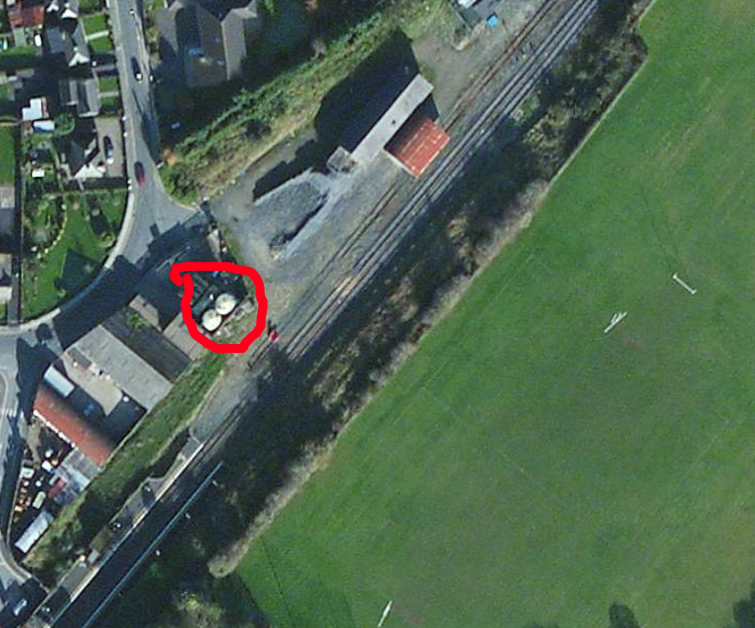




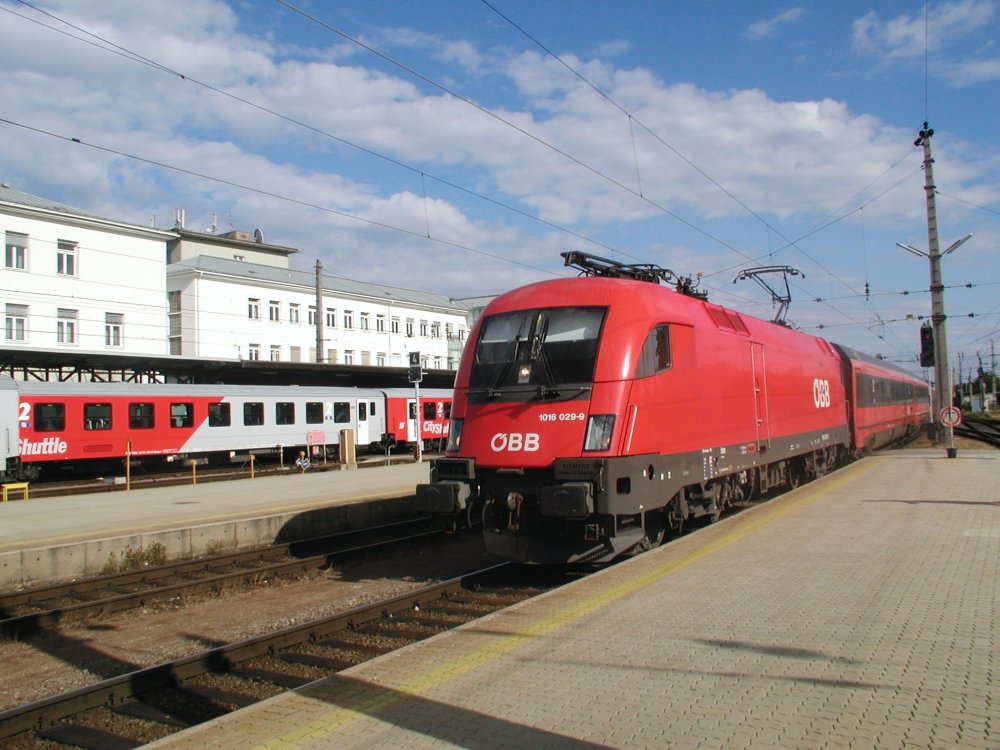
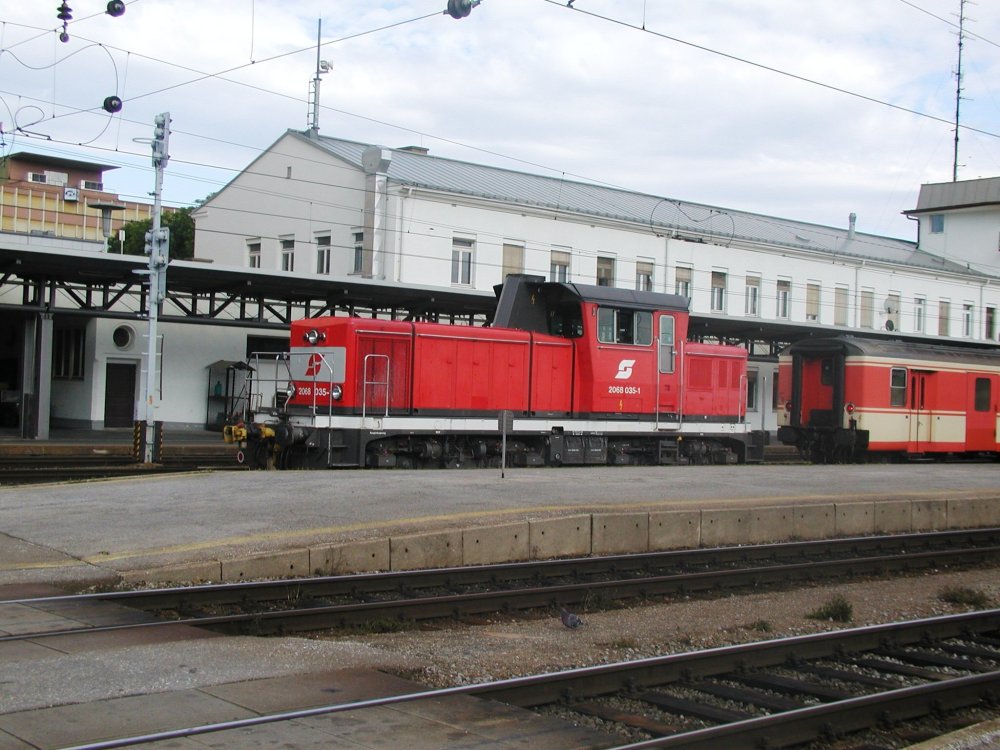




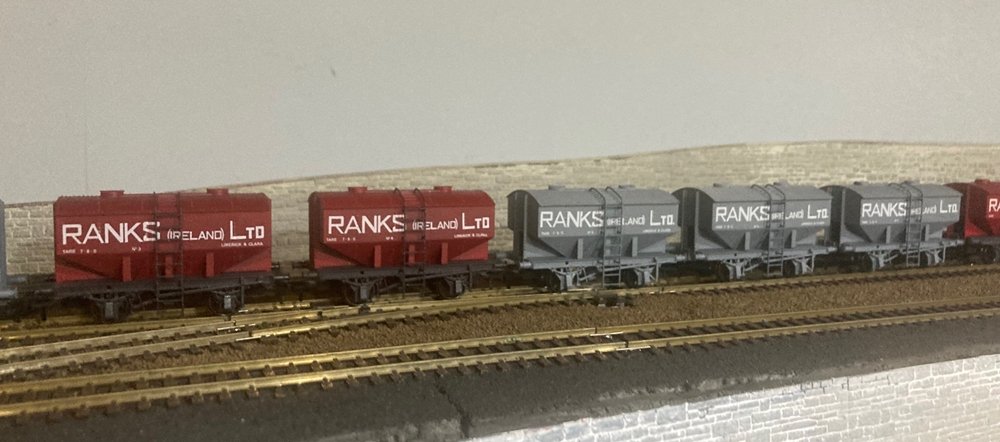
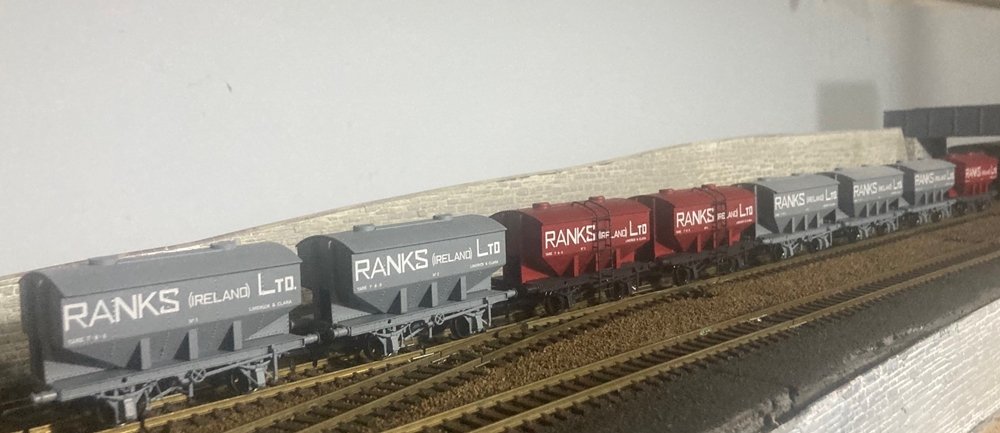
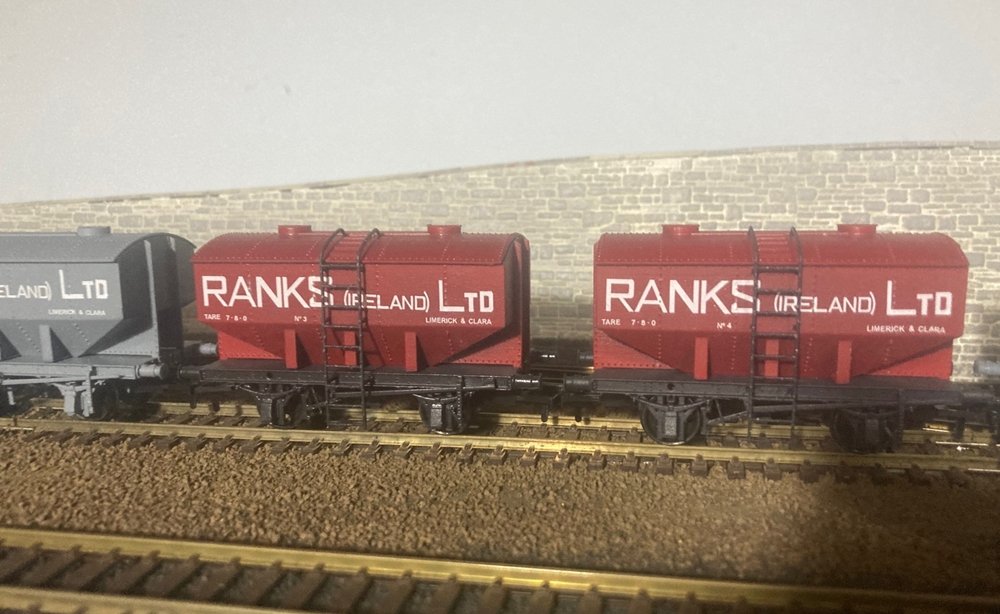
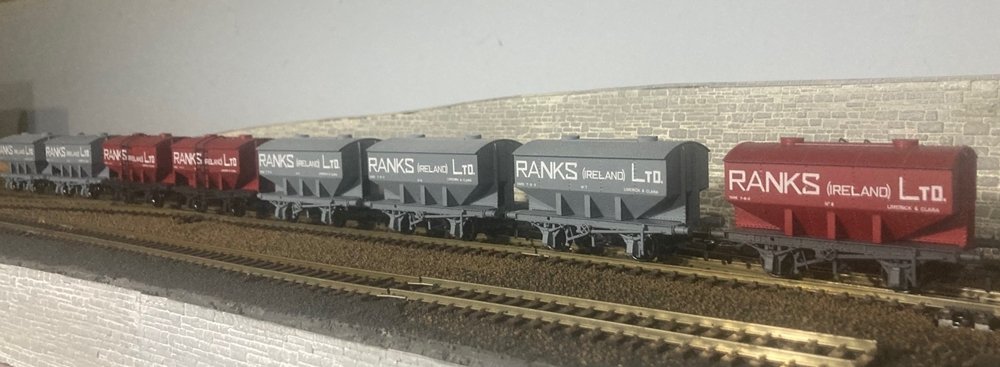


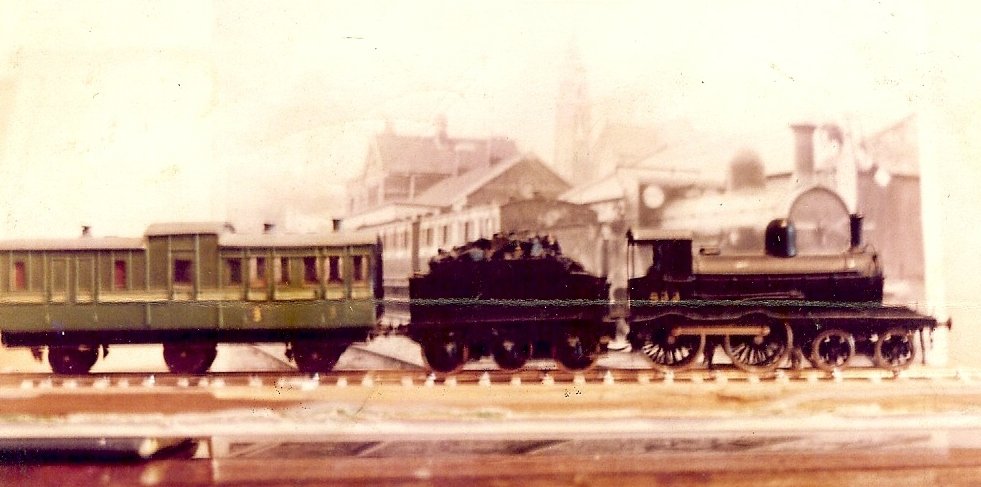
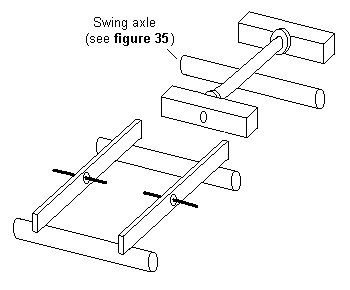
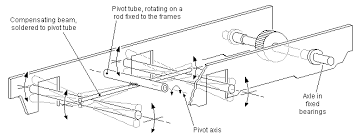
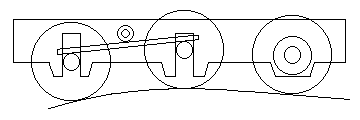
Truth stranger than fiction?
in General Chat
Posted
One of the more interesting transformations was the Midland Great Western re-building of four Avonside 0-6-0s dating from 1878 as practically new locos as the MGWR H Class from 1906 onwards.
Ordered by the Waterford Dungarvan and Lismore, the locos were apparently rejected as a result of late delivery before being bought cheaply by the MGWR.
In their original form the locos had an almost "Long Boiler" appearance with a high pitched boiler and conventional cab similar to the Hunslet Austerity re-build as opposed to the relatively low pitched boilers fitted to contemporary MGWR & GSWR locos.
The Avonsides appear to have been restricted to banking duties because of insufficient boiler power until fitted with larger boilers following their first rebuild, the locos received a second rebuild between 1918 and 1922 during which they were fitted with superheaters and piston valves and large tenders, practically new locos apart from wheels cranks and frames.
The high pitched boiler and firebox was largely dictated by the locos symmetrical 7'6" + 7'6" coupled wheelbase, I don't know whether this was driven by Avonsides Industrial heritage or the curves of the Waterford Dungarvan & Lismore line.
Even in their final rebuilt form the Hs or J6 looked unusual for an Irish 0-6-0 with their high pitched boilers, small driving wheels, straight running board and rear overhang.
I have got to build one some day!